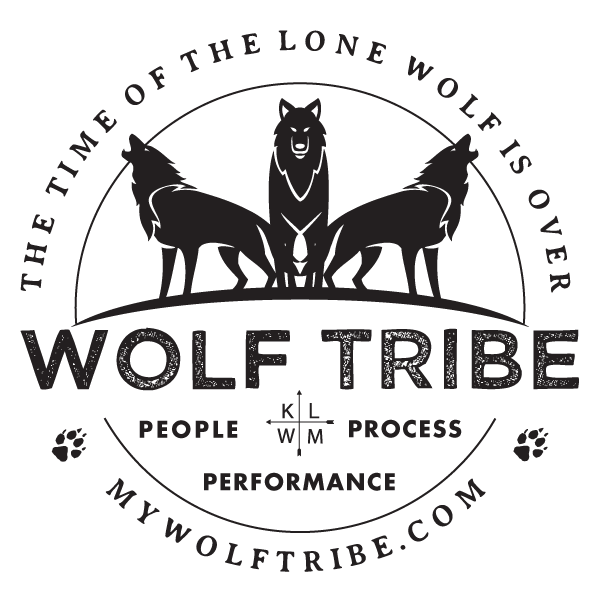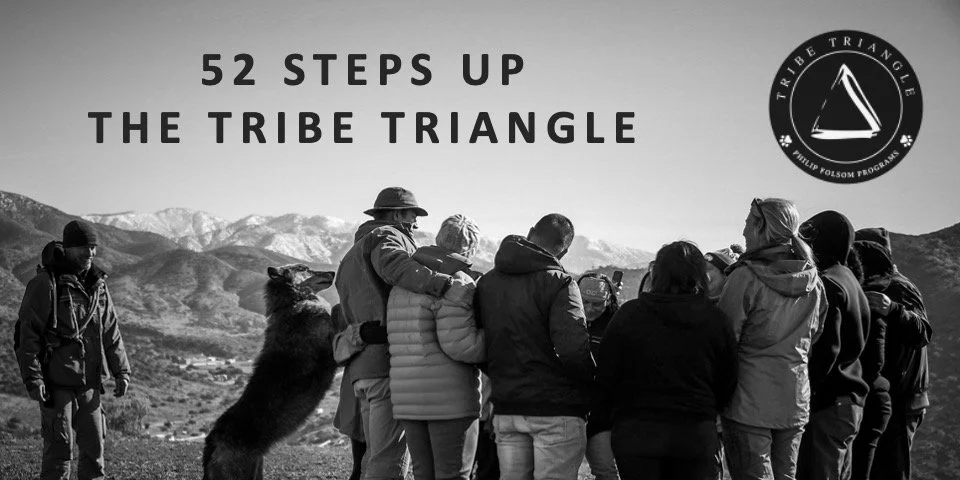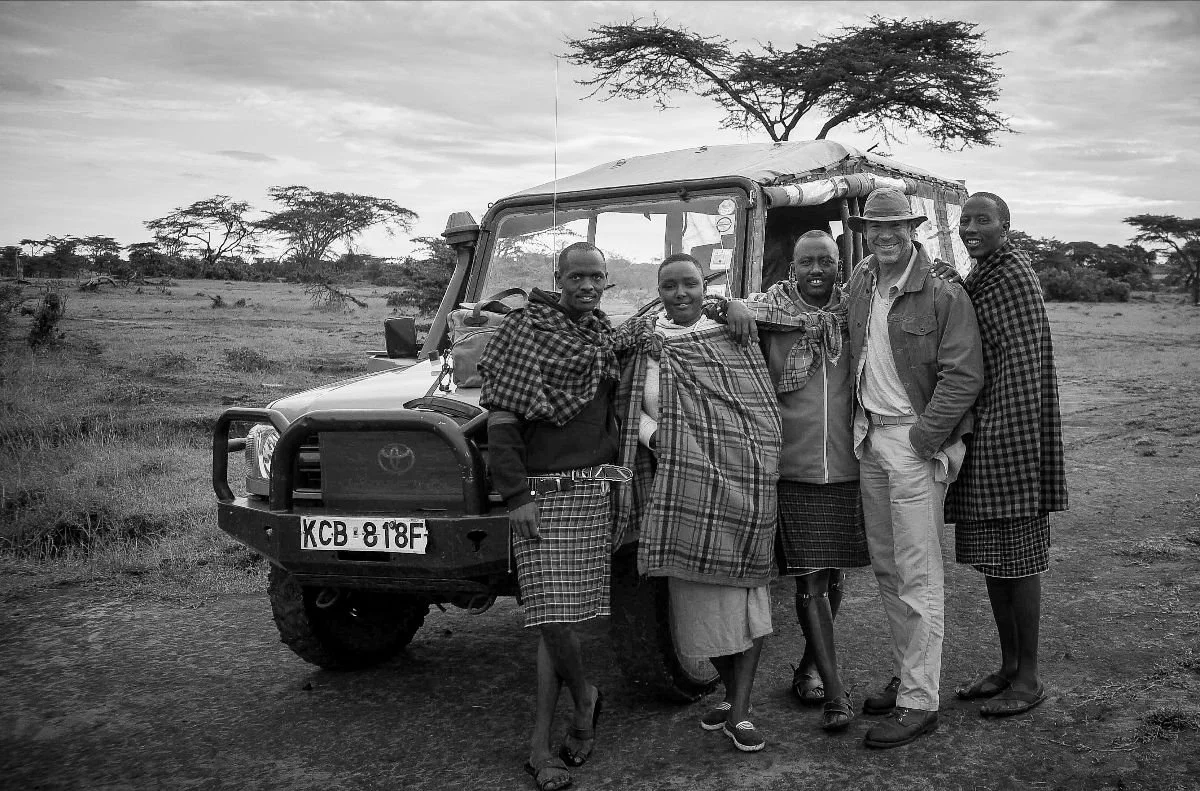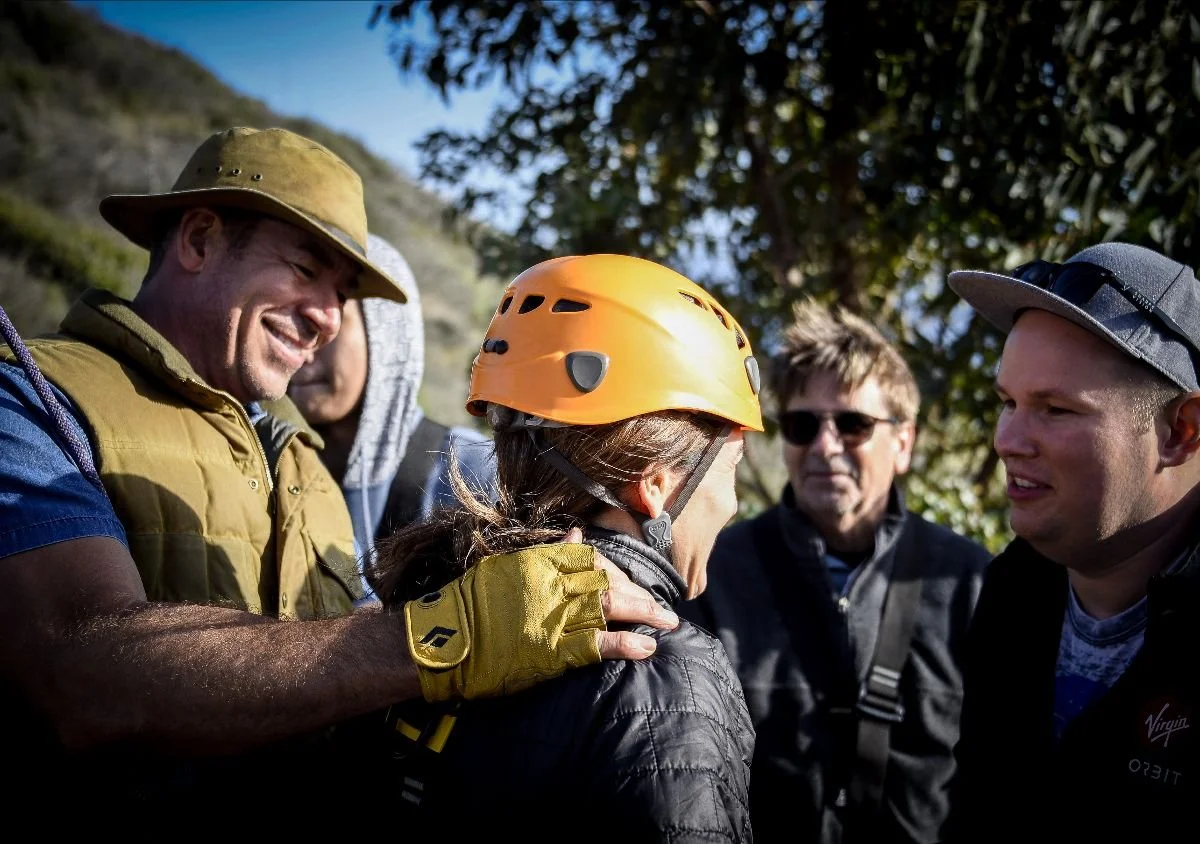Step 6 Up the Tribe Triangle: How Your Shared Values Make Your Tribe Go Far
“If you want to go fast, go alone.
If you want to go far, go together.”
-African Proverb
Individual values define our actions, character and destiny. Collective values do the same thing for families, teams and tribes. Values are the rudders, guardrails and signposts along the challenging roadmap of culture creation. Values tell us what to do when we don’t know what to do and when no one is there to tell us what to do.
Without shared values we cannot maintain sustainable high performance which is a universal byproduct of ongoing collaboration and reciprocity. Like individual values, shared group values guide our decisions and the sacrifice those decisions demand from us. All choices command a cost. For an aligned team anything is possible but not everything is possible. Choosing is refusing and we all must choose our path.
A family and a team that has shared values are going to share the same moral and operational compass. These values guide us through decision-making, especially decisions that have high costs, tradeoffs and consequences. Families and teams that have no shared values are chaotic, dysfunctional and ultimately unsuccessful.
How do we create a set of shared values from a group of individuals who all have different individual values? This is one of the oldest leadership questions in the history of leadership itself and it has to do with accepting (and ultimately celebrating) the differences of people while being able to form alignment with them. We will never be able to share beliefs with everyone but we can always find agreement. This is the core of kinship.
The shared values that drive group behaviors are known as norms. These are the collective actions that are expected and accepted by the tribe. Leaders are the primary drivers of these value-based behaviors due to their position. There are many strategies for creating these group decisions and being skillful and intentional with these choices is a core competency of leaders. Below are the three main group decision-making strategies.
Group decisions by position
This is the quickest and most efficient strategy but very risky for you, Tribe Leader because you are the ultimate dictator of direction and you will inevitably reap all the glory as well as all the blame. This can also be highly disruptive to your tribe because with every wrong decision they will have to determine if your leadership is safe and successful which brings substantial instability. In addition, because this decision-making strategy does not integrally include other people, it often fails to benefit from the different perspectives, experiences and personalities of others that can expand options and statistically get better results.
If you make the right decision you get glory. If you make the wrong decision you shoulder the entire blame. Too many of these wrong decisions is not good for the tribe and it is definitely not good for you because it erodes your authority and creates a blast radius of chaos throughout the tribe.
Implement this strategy when you need speed and decisive action and get as much feedback from the tribe as possible.
Group decision by majority
This strategy takes longer than decision by position and is therefore less efficient and often less decisive. It also is statistically more successful because it involves more data, options, experience and everything else that comes from human diversity.
Winston Churchill famously said, “Democracy is the worst form of government except for all the others.” The democratic decision-making strategy suffers from the same flaw as decision by position; it’s great when you’re right and terrible when you’re wrong. You can see this divisiveness in politics at every level. The minority who losses the vote is quiet when things are going well but the moment the majority makes an error, we inevitably see the knives come out and the grenades being thrown.
Group decision by consensus
This is the most challenging but most stable of the three group decision-making strategies. Not only does it take the longest because it involves the entire group but it also requires the agreement of the entire group. Often this can be almost impossible with larger groups.
The benefit of consensus is it protects the integrity of the group itself. Consensus is safety because when the chosen decision and path is proven incorrect there is no one to blame. There is no collateral damage and no daggers being thrown. When we have a collective failure, we learn and move on. During particularly challenging times this technique can be the glue that holds the tribe together and be the difference between resiliency and dissolution.
Remember, consensus is agreement not belief. People can have their differences in belief be honored but still agree with the group. I strongly recommend you practice the consensus-building skill set and that begins by honoring the different beliefs of others then asking them to join you in agreement for the sake of the group. You will be amazed what people will be willing to do for the group when their personal beliefs are seen and honored.
Often, people will abstain from active agreement and support in order to throw ‘I told you so’ grenades later. These are toxic tribespeople. One technique to quickly capture these people is to reframe your consensus statement from “does everyone agree?” to “does anyone not agree?” Anyone abstaining from agreement by abstaining will have automatically agreed.
Values drive decisions and we need collective values for collective decisions. This is the very core of collaboration and kinship. This form of agreement that holds the group together for the sake of the whole, operates in many other communal animal species.
A powerful lesson from the decision-making of deer
It is commonly believed that the alpha doe of a deer herd makes the decisions that the herd follows but this is not entirely the case. Deer, like many other communal species, use a much more democratic and collective decision-making strategy.
Like wolves and humans, deer can live alone but must be in groups to thrive. Also, like wolves, the leader is a powerful matriarchal female who teaches the young deer necessary survival skills and holds the social unit together.
When a herd of deer arrive at a decision that affects the group, for example choosing between two water or food sources, the deer stand and face the direction they are choosing to go. When the herd reaches a critical mass of over 50% facing the same direction the alpha doe will lead the herd in that direction. Agreement is made and the power and safety of alignment is maintained.
The same is true for teams and tribes. We vote with our actions in the same way we vote with our dollars. Successful leaders are very aware of the collective behavior of their tribe and customers and they lead accordingly. Hold the group together with shared value-driven actions so your tribe can go far and not just fast.
Click here To watch the video of Step 6: How Shared Values Make Your Tribe Go Far
Leaders must write and speak
Answer these questions in your journal by really writing them down. Discuss them with at least one of your most important people and really listen to their response.
Your tribe values are derived from the actions that are in alignment with a path towards your shared vision. Using the list from Step 5, what are 3 core values that dictate behaviors that will move your tribe towards your vision?
Shared Vision_______________________________________________
Shared Value 1___________
Shared Value 2___________
Shared Value 3___________
These 3 shared tribe values are not free and all contain an opportunity cost of another behavior even if that is just in the short term. For example, Customer Service as a shared value contains the short-term opportunity costs of efficiency, time and profit. As a tribe leader you must be aware of these costs and be prepared to champion the act of paying them.
What is a sacrifice that must be paid for each of your shared tribe values?
Sacrifice for shared value 1_______________
Sacrifice for shared value 2_______________
Sacrifice for shared value 3_______________
Your shared tribe values may be different than your individual values, however they should not be the actual sacrifice that is required for your shared tribe values!
If those individual and shared values are in opposition then this is the time to pause and take a deep look at your personal vision and values (which are connected) as well as your shared tribe vision and values. Something will have to give and sometimes it is time for old stories to die for new ones to be born.
Any conflicts here? _______________________________________________
Ubuntu,
Philip Folsom






